In our ongoing efforts to plunder, loot, and pillage the class Reptilia for everything it’s worth, this week we’ll be look at the svelter, slighter, and somewhat more-demonized snakes. Yes, I know modern media hasn’t been the kindest to crocodiles either, but it’s harder to beat them up.
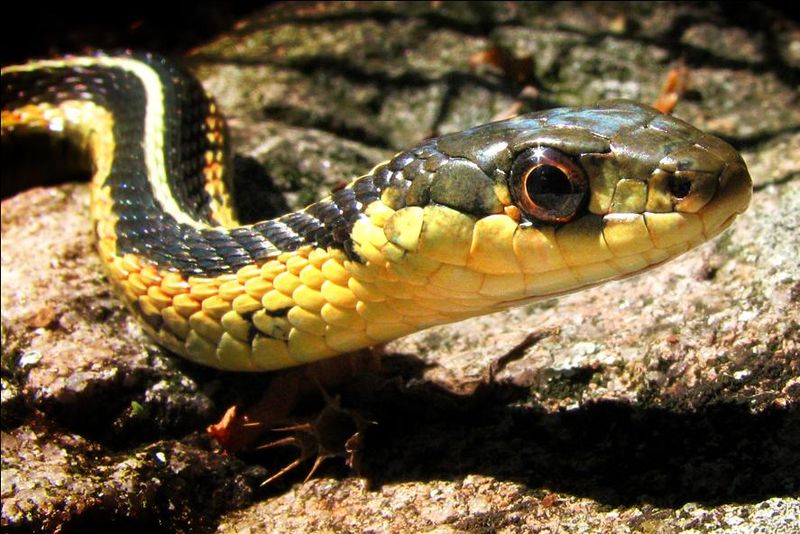
If you can wish harm upon this face, you legally have no soul.
As always, we’ll open the playing field with some useless information upon the denizens of the suborder Serpentes. They don’t have any front legs (some of the more primeval species, like the boas and pythons, have fun little doohickeys called “anal spurs” that are the vestigal remnants of the hind legs and located exactly where you’d expect). The exact moment that a bunch of lizards decided that having limbs was a mug’s game and went off the rails and into the flat, squirmy yonder is unknown (delicate skeletons make the fossilization process cry inside), but our earlier snake fossils pop up around 150 million years ago in South America and Africa. Also, in an unrelated but highly excellent fact, the mosasaurs (which arose in the Early Cretaceous and pretty much took over as the dominant marine reptile from then on to the K-T extinction) are extraordinarily close relatives of theirs.
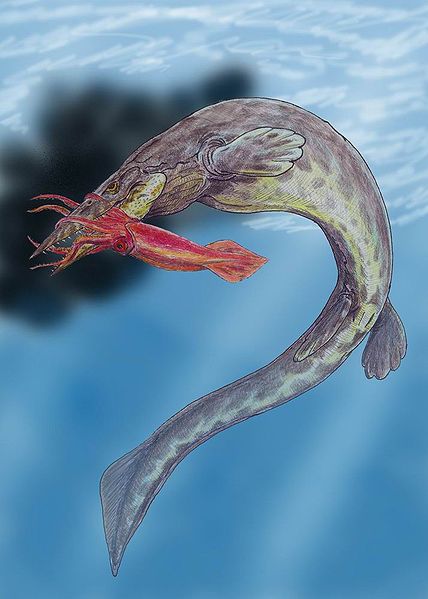
Seventeen metres of snakoid goodness.
This isn’t to say that the snakes themselves weren’t up to any great shenanigans. They trotted along (figuratively speaking), persisted quietly through the Mesozoic and so on and so forth, but their real glory was kicked up a notch in the Paleocene, lasting just after the Cretaceous extinction to about 56 mya, where they discovered that (A) most of the big things that competed with them for food were gone and (B) hey there’s an awful lot of those little furry tasty buggers running around. It was a sumptuous time.
Modern-day snakes mostly fall into three broad groupings, two families and a superfamily, to be precise. There are outliers, many of which are blind or burrowing snakes and eat earthworms, so we’ll be looking at some of the more “classic” examples. As a final note before we embark, there will not be a single case of elongated “s’s” in this entire demi-article. They are silly and stereotypical and you should be ashamed of yourself for ever associating them with anything as slithery and noble as the snake.
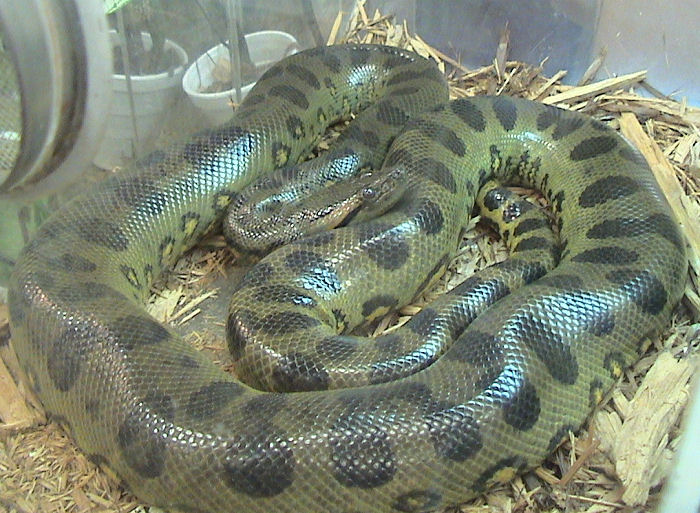
Despite the anaconda having no proven human kills, it CAN eat crocodiles, caimans, and tapirs. So hands off.
Boidae
The Boidae family has, well, boas and their relatives. None are venomous, and the family itself has a decent backlog of primitive features (that is, older ones – not outmoded). The anacondas, including the friendly and ginormous (weightiest of all snakes, with a current record of 214 sinuous pounds), are boas, and the most charmingly aquatic of the lot, spending much of their time doing the reptillian version of snorkling. Rule of thumb has boas in the New World and pythons in the Old, but that isn’t as accurate as it could be (boas in Madagascar and Fiji, among others), so just stick with “isolated areas.” Elsewhere it’s pretty much all…
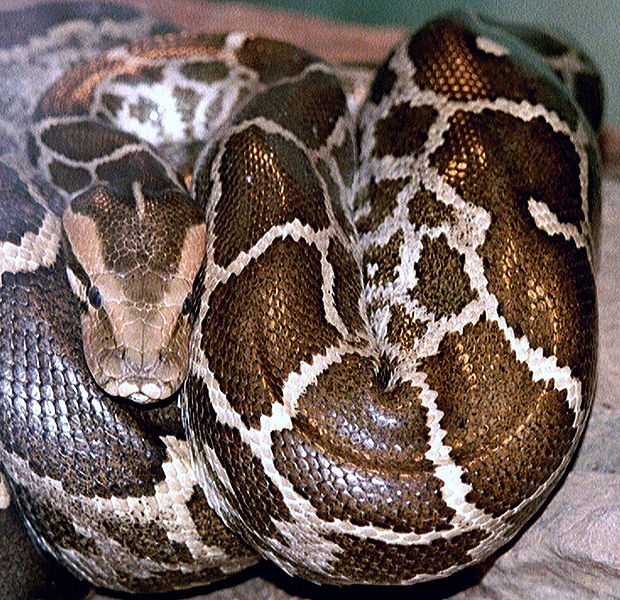
How can you resist that expression? If you'll fall for those evil little grins dolphins wear even as they kill younger dolphins, this should be easy.
…the Pythonidae family, which lazily suns itself from Africa to across Asia and all the way to Australia. Again, non-venomous, and has the same basic feeding strategy as the boas: constriction. You wrap yourself real fast around your unfortunate meal item, then hold tight – but you don’t really squeeze. No, you just tighten yourself to the same degree of firm-but-as-unyielding-as-steel-wire every time it exhales, resulting in inability to struggle, move, breathe, or stay alive. Then you eat it. The reticulated (or “regal”) python is the longest of any snake, capable of wandering north of 28 ft. It also, as I have said before, is surprisingly unlikely to kill you. Many things are. In fact, on this planet, the only thing that’s more likely than something not killing you is something killing you.
Wait, what?
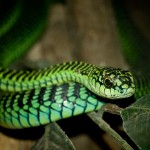

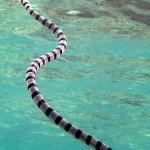
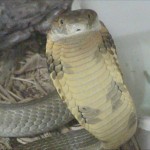
A surfeit of snakeage
Xenophidia
The third grouping breaks the mould and the entire point of my attempt at pretending we have three equalish groups here by being a superfamily, a name well-earned because it has over 3,000 species in it (combined, the boas and pythons have well under a hundred). Xenophidia has almost every poisonous snake, from the rear-fanged Colubridae family (home of two-thirds of all living snakes), the hinged-fanged Viperidae (including “pit vipers”), the sea-going Hydrophidae (that’s “sea snakes” to you and me and the man standing behind you very quietly right now), and the Elapidae, which boast the cobras. We’ll be giving the lot of them quick comb-overs, which are exactly as useful as the other sort.
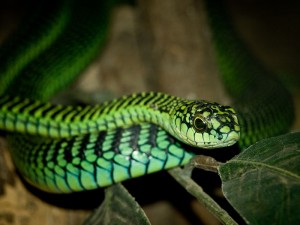
A boomslang should seldom be confused for a boomerang, and never more than once.
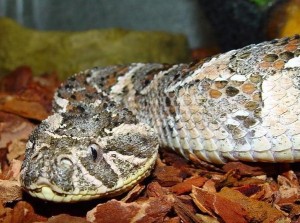
Sluggish, grumpy, and prone to biting. Just like many of our relatives, I'm sure.
The vipers have minced over much of the planet, sparing only Antarctica (traditionally snakeless for obvious reasons), Australia, and a clutch and a passle of islands like Madagascar, New Zealand, and Ireland. All vipers have a pair of long fangs at the front of their mouths that can swing back nicely on little hinges, thus giving them optimum penetration power without the inconvenience of big teeth getting in the way of swallowing food or snapping off. Also, all their scales are keeled – they have a slight ridge running down the center, making them a little rough rather than smooth. The venom of choice, as a rule, is based around proteases – enzymes that digest proteins, leading to owies, soreness, boo-boos, dying flesh and cells, and blood pressure going for a trip on a trapeze while clotting takes a lunch break and lets his mentally handicapped brother Clyde take over. Some of the enzymes help break down and pre-digest food, which is great because viper digestive systems are somewhat limited.
Vipers contain the notable subfamily Crotalinae, the pit vipers, termed by their heat-sensing organs located one on each side of the head, ‘twixt eye and nostril. The pit organ is highly sensitive, and an invaluable aid for any night-hunting predator – especially one hunting after succulent, warm-blooded rodent flesh. The group contains the large bushmaster (12 foot!), the rattlesnakes, and other family favorites such as the fer-de-lance, sidewinder, and the moccasins/copperheads.
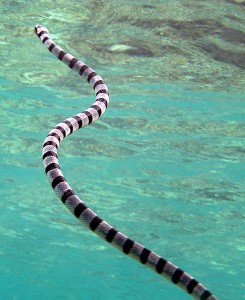
One of the world's most affectionate and venomous creatures. Can't you see all it needs is love?
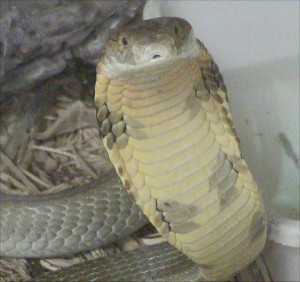
- Do not attempt to wrassle. It would only irk him.
Elapidae
Elapids include some of the most venomous snakes in the world (just like sea snakes, which they also may contain, as said above), coupling incredibly potent venomwith somewhat less sophisticated delivery mechanisms. Their fangs point backwards slightly and tend to be a bit stubby, requiring them to actually bite something full-out as opposed to simply stabbing and juicing. A couple elapids (like the spitting cobras) have mastered the fun trick of spewing venom out of the tips of their fangs thanks to forward-facing holes at their tips, reaching up to around six-and-a-half feetish at maximum. The venom itself is nasty, and is most often neurotoxic, causing muscle paralysis and eventual inability to breath, which is usually the killing factor. Elapids themselves aren’t as widespread as vipers, mostly in the tropics to subtropics of the world. Beyond the cobras (including the King Cobra, an 18-foot powerhouse and the world’s largest venomous snake), famous elapids also include the mambas (including the Black Mamba, both the largest venomous snake in Africa at 14 ft maximum and one of the fastest worldwide, capable of hitting 10-12 mph), and the entire genus of the Taipan of Australia, the species of which seem mostly to be rivalled in overall venomousness by each other.
To end this useless monologue on a helpful note, here’s some advice: don’t screw around with snakes. It’s better for all involved, especially the snake. And barring the odd asshole species like the puff adder (which likes to sit in the middle of trails being camouflaged, is too lazy to move when something comes near, and announces its presence by biting whatever annoys it), for the most part they’ll leave you alone if you leave them alone.
Picture Credits:
- Garter Snake: Taken in North Ontario, Canada (near Cache Bay, Sturgeon Falls), Shemszot / http://www.studioepic.com
- Hainosaurus: Public domain image from Wikipedia.
- Green Anaconda: Taken August 27th, 2006, by LA Dawson.
- Indian Python: San Diego Zoo, USA, by “Tigerpython.”
- Boomslang: Snake centre, Ngorongoro Conservation Area, Tanzania, April 04, 2008, William Warby
- Puff Adder: Photo by Al Coritz.
- Banded Sea Krait: Wakatobi, Indonesia, Sept 9th 2009, Craig D
- King Cobra: Febuary 1st, 2006, by en:User:Dawson